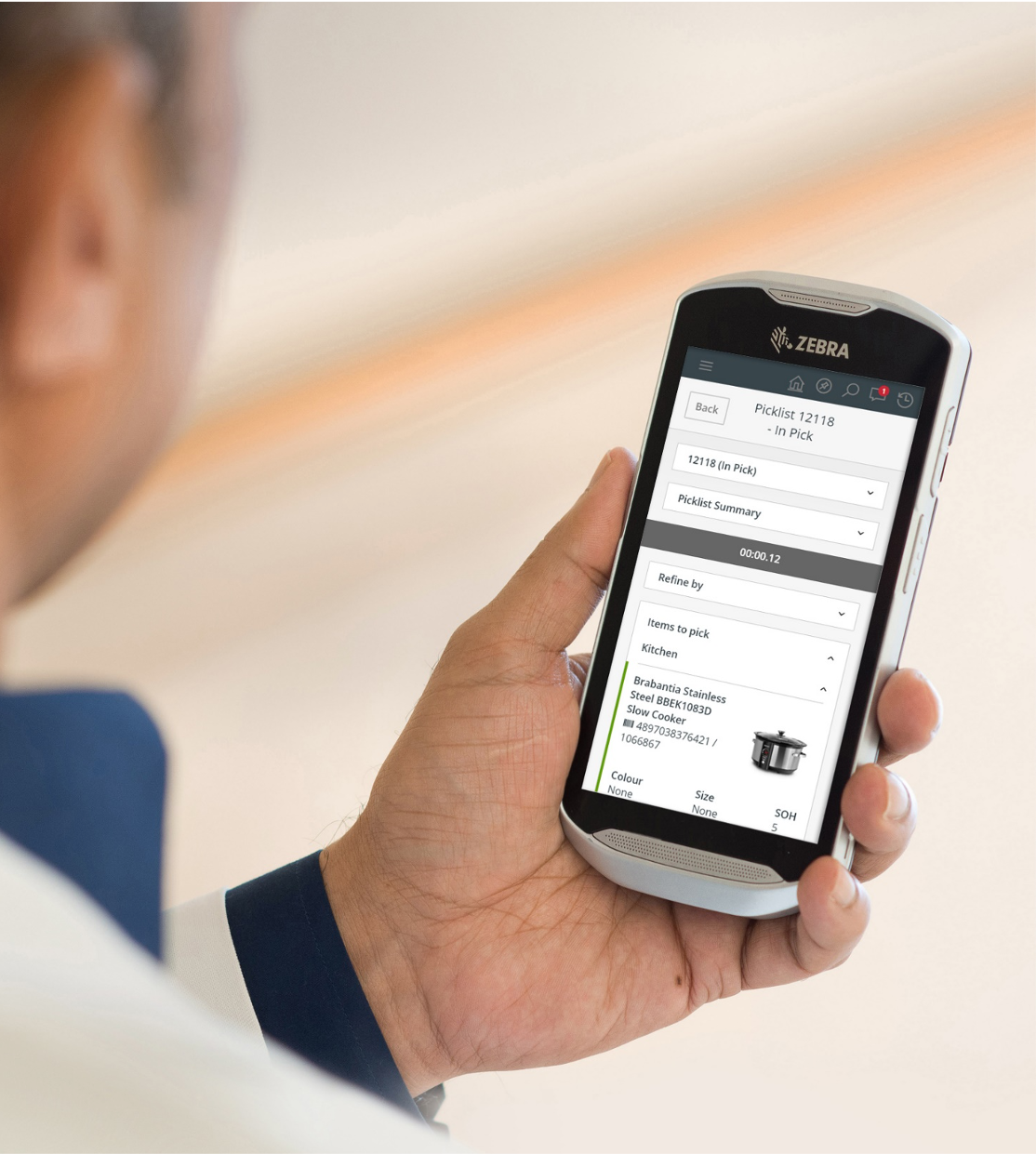eStar chief growth officer Alison Crosbie explores how retailers are sustaining post-COVID growth with the shakeup of order management and fulfilment.
COVID sent online shopping through the roof.
Consumers across the globe spent $900 billion more at online retailers in 2020 versus the prior two-year trend, according to a report from the Mastercard Economics Institute.
In other words, eCommerce made up roughly $1 out of every $5 spent on retail in 2020, up from about $1 out of every $7 spent in 2019.
However, the significance of online sales beyond the COVID pandemic will depend on the retail sector and how consumers prefer to shop.
According to the report, as COVID made its way across the globe in 2020 and governments launched mandates to contain the virus spread, people traded in their heels and loafers for fuzzy slippers and started buying nearly everything from toilet paper to fitness classes online.
COVID accelerated the shift to eCommerce spending already well underway in certain markets, but also for countries that were in the early stages of their digital retail shift.
While online was the safe, and sometimes the only way to shop, some retailers failed when it came to their order management and fulfilment.
Consumer research by Global WebIndex in 17 countries it shows the “reliable delivery” offer is now ranked as highly as free delivery. In the background, distribution models have been changing and must deal with more complexity.
So online orders shifted from being mostly delivery, to a fair amount being curbside and in-store pickup - and all these have different distribution schedules.
Some businesses even needed to synchronise with drop-shipping partners as well.

Many stores were now acting as distribution centres with flow on effects putting staff under stress or creating shortages.
In the worst-case scenario this led to overpromising on order fulfillment and a poor brand experience.
Retailers that thrived through this huge change in process had software that was up to the challenge.
Specifically, having a Distributed Order Management (DOM) system in the heart of their order management operation sharpens order fulfillment, so orders arrive on time and incur the lowest cost.
When customers are shopping both online and in-store, retailers need live visibility of inventory, and a DOM system draws together total inventory of the store network across the country.
This way the risk of overselling is minimised, and order routing is efficient.
Product is sent out from the closest store to the customer, saving on freight costs, or orders can be split, and parts sent from differing locations according to stock levels and locations.
People management is also critical when the time to pick items represent a large operating cost.
The pandemic created a picking bottleneck due to sheer order numbers, exacerbating customer complaints around delays.
A DOM solution dramatically speeds this part of the process up by providing digital lists for pickers to work off, meaning picking can be electronically batched in real time, and staff performance can be tracked and training needs identified.
Fulfilment solutions are the vital link between a brand and your customers and can often be the difference between a positive or negative customer experience.
How does your business rate on KPIs relating to customers receiving their products on time, shipping costs, inventory visibility, staff performance visibility or unforeseen stock shortages?
Rising consumer expectations together with the uncertainty of ongoing pandemic-related restrictions means that order management and fulfillment will be a focus area for all retailers in 2021.
Consider asking for advice from a specialist provider to develop new strategies to compete on brand experience and find cost savings.
There is significant innovation happening in this area and the changing distribution landscape can present an exciting sales opportunity.
More information on Distributed Order Management can be found here.
Originally published in Ragtrader.


